By K. P. Valavanis, G. J. Vachtsevanos, P. J. Antsaklis
Proceedings of the European Control Conference 2007

Abstract – The paper aims at presenting technology and automation advances in the ancient Greek World, offering evidence that feedback control as a discipline dates back more than twenty five centuries.
The paper objective is to present historical evidence of achievements in science, technology and the making of automation in the ancient Greek world until the era of Byzantium and that the main driving force behind Greek science has been curiosity and desire for knowledge followed by the study of nature.
When focusing on the discipline of feedback control, James Watt’s Flyball Governor may be considered as one of the earliest feedback control devices of the modern era. As demands on the device grew, the flyball governor was required to work in new operating regions where it was exhibiting undesirable oscillations for unexplained reasons at that time. It was J. C. Maxwell who first used differential equations to model and explain this phenomenon, and this event marked the beginning of the introduction of mathematical rigor into the study of feedback control devices, together with the work of Routh and Lyapunov.
However, the discipline of feedback control has a very long history dating back over twenty centuries. Looking back, one finds that automatic feedback control devices appeared first in the work of Ktesibius (or Ctesibius) of Alexandria (circa 270 B.C.) as reported by Vitruvius (circa 25 A.D.), Heron (or Hero) of Alexandria (circa 60 A.D.) and Philon of Byzantium (circa 230 B.C.). In fact, the first feedback control device on historical record is the water clock of Ktesibius.
Indeed, the roots of automation, automated mechanisms, and feedback control are found about 3,000 years ago, and they are centered in the ancient Greek world that developed in the Mediterranean region. A foundation is first provided by sketching the map of the Mediterranean region and the ancient Greek world in terms of science and technology and its major contributors. Details of achievements during each period are then provided followed by accomplishments in automatic control and the transition from the ancient Greek world to the GrecoRoman era and the Byzantium.
Click here to read this article from the University of Notre Dame
Filed under: ΙΣΤΟΡΙΑ |





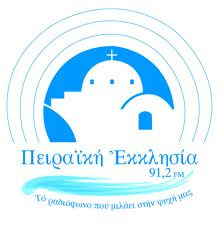
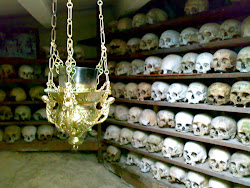
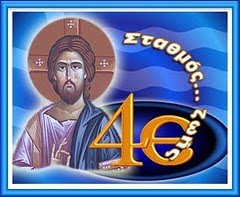




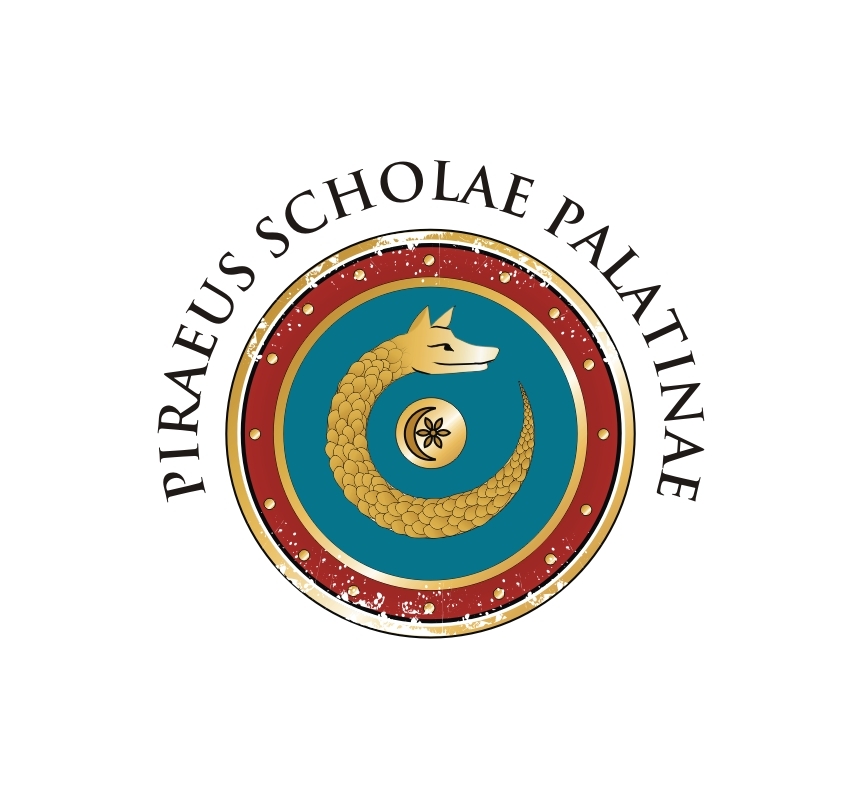
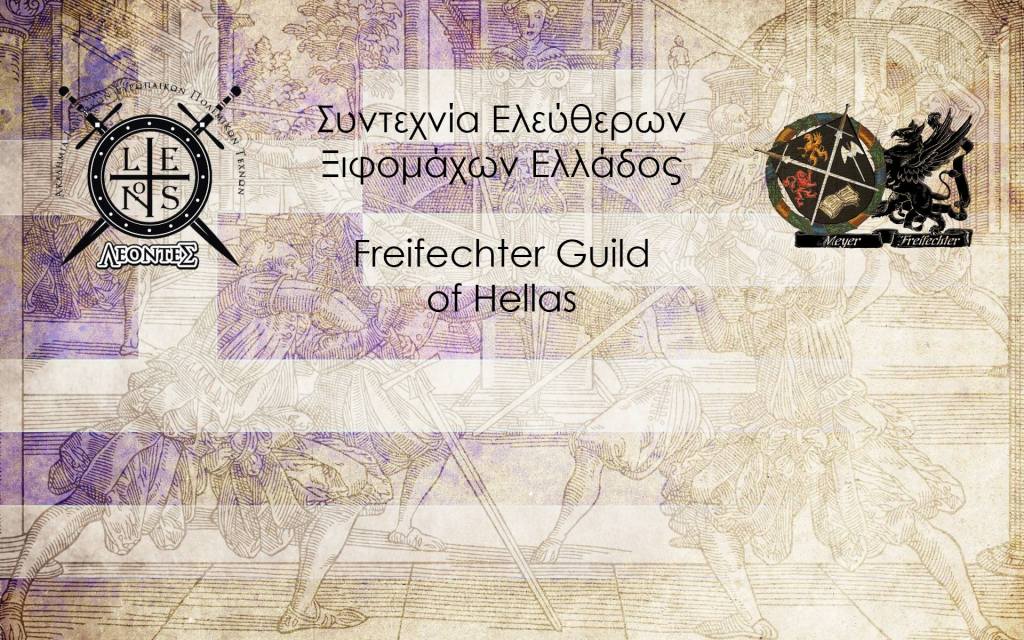

Σχολιάστε